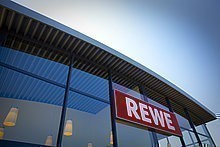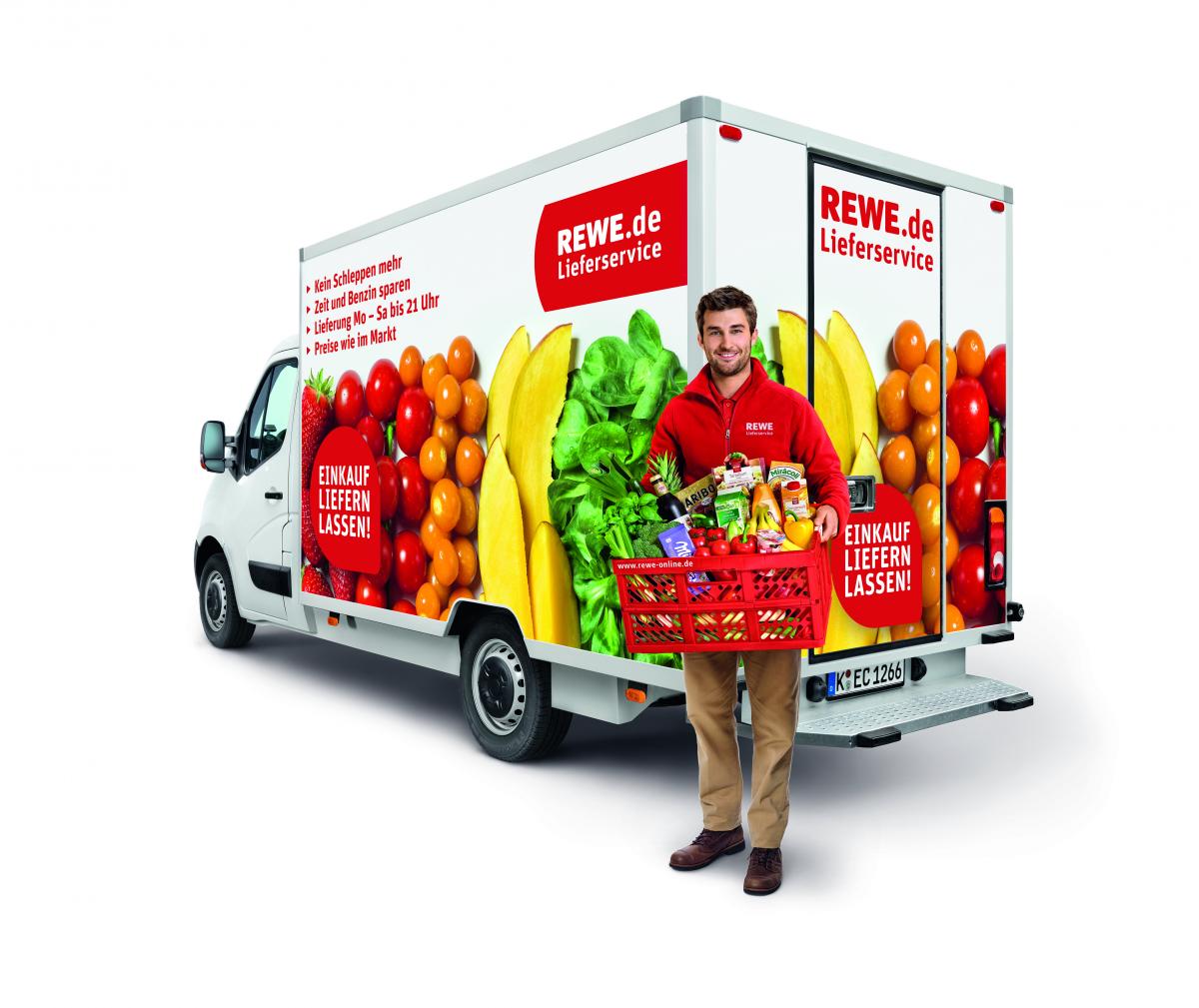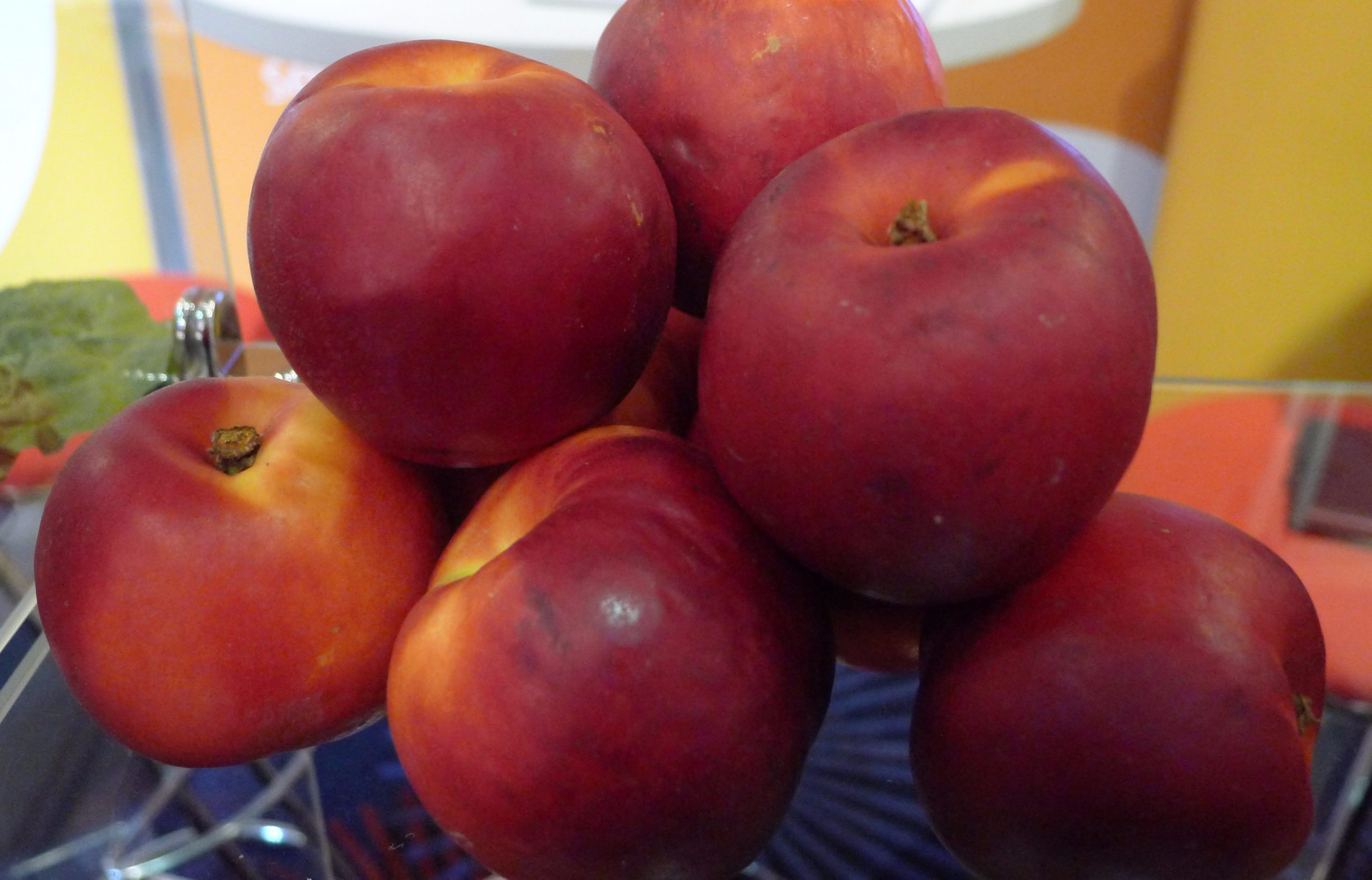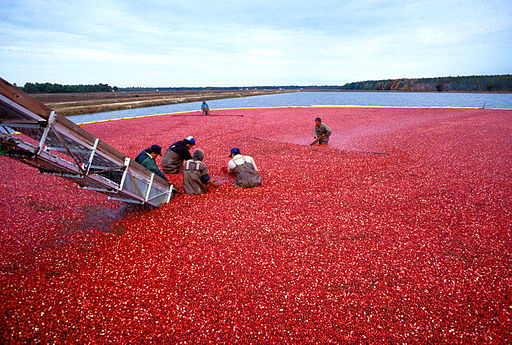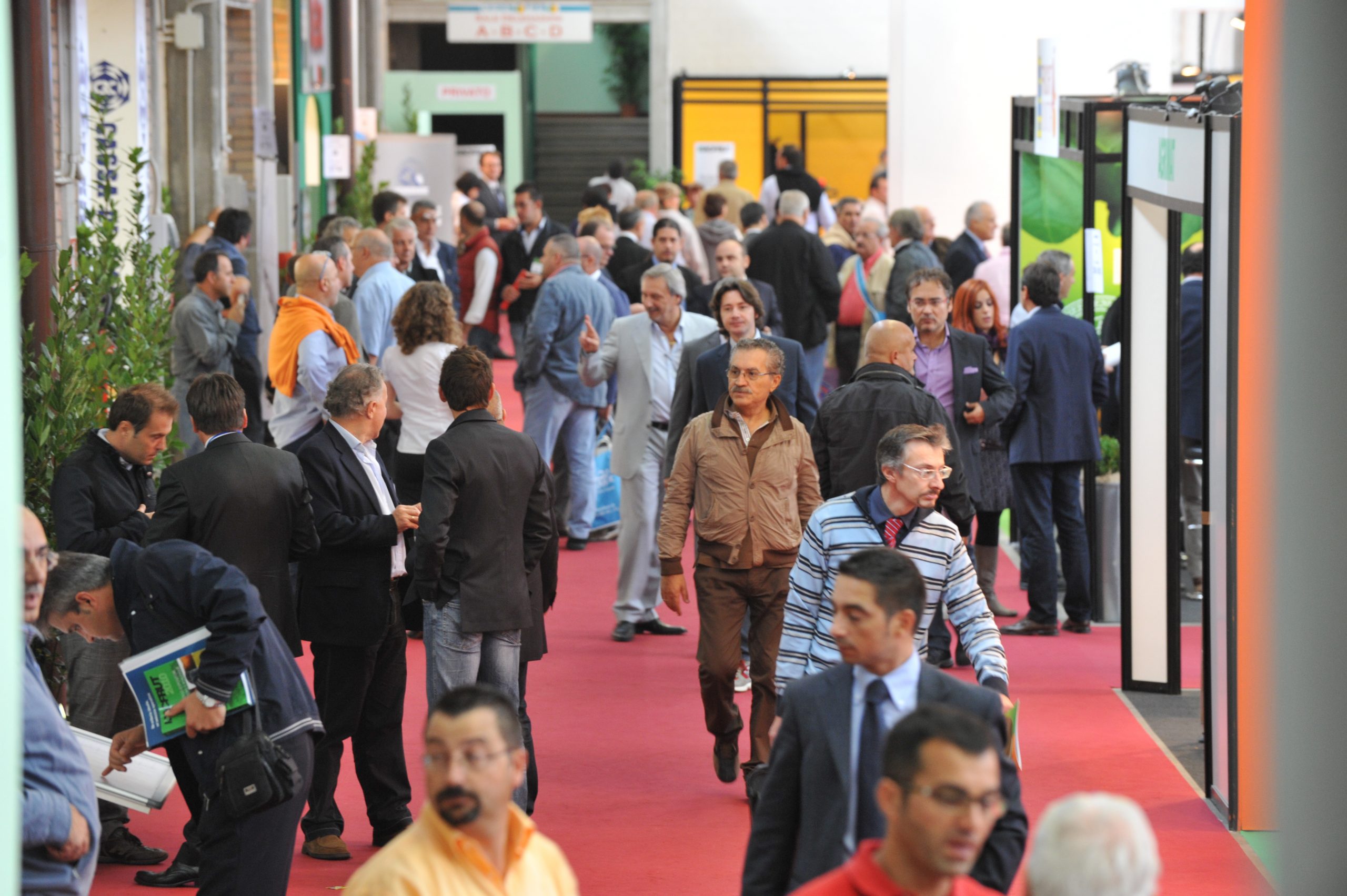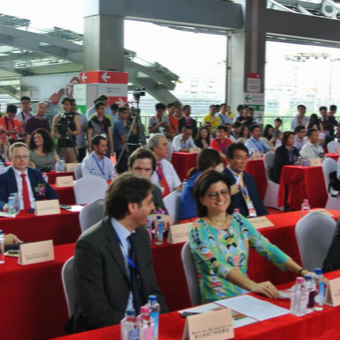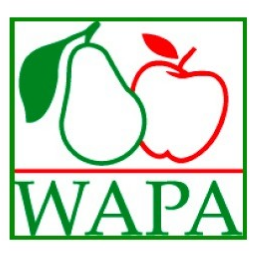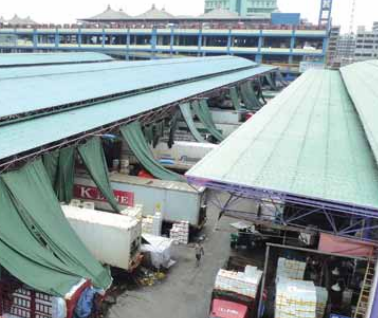
China’s 20 Tier 2 cities consume about half of the country’s imported food.
There are over 4,000 wholesale markets spread across Chinese cities, but the large wholesale markets are located in western China or provincial capital cities. Chinese wholesale markets are usually comprehensive in nature, offering products ranging from vegetables, fruit, meat, seafood, grains and oil, dried seasoning and flowers. Depending on the varieties of products, both domestic and imported products can be found in those markets, but domestic products account for a significant proportion. Some markets have a relatively higher percentage of imported fruits, such as the Jiangnan Market in Guangzhou with 70%-80% of its fruit from overseas. As another example, the Huizhan Market in Shanghai is entirely devoted to wholesale trade in imported fruit.
In contrast, foreign fruit accounts for just a small share of trade in other markets, usually just 20%-30%. While all the other Chinese wholesale markets sell imported fruit, not all is sourced from direct importers.
Major events in China this year
The China Agriculture Wholesale Market Association (CAWA) has members in all provinces and municipalities. The trade volume of its member markets accounts for 70% of the national total. All of the top 200 wholesale markets in China are members of CAWA. The association is holding the 8th China (Zhengzhou) International Agricultural Products Trade Fair and 2015 China (Zhengzhou) International Organic Food & Green Food Expo from November 27 to 29 this year at the International Exhibition Center in Zhengzhou city, Henan province. This event, with the theme of “Green, Health and New Normal”, will build on the success of the previous seven expos. Both domestic and overseas agro-products producers, distributors and purchasers are invited to the expo in Zhengzhou. During the Expo, CAWA will also host events including the 2015 editions of: China International Internet Plus Modern Green Agricultural Action Plan Seminar, China International Internet Plus Agro-products Brand Story Micro Film Contest, 8th China (Zhengzhou) International Agro-products Trade Fair Award Ceremony, China International Green Produce & Organic Produce Purchaser Conference, Round Table Conference on International Food Trade Cooperation, International High-quality Food Purchasing Information Session, Henan High-quality Food Purchasing Information Session.
CAWA helping promote international trade
As a member of the World Union of Wholesale Markets, CAWA actively promotes international trades in fresh agricultural products. It has cooperation agreement with over 20 government institutions and export associations in order to jointly promote international trade based on the platform of wholesale markets through regular information exchange, trade mission comprised of purchasers and participation in each other’s events.



